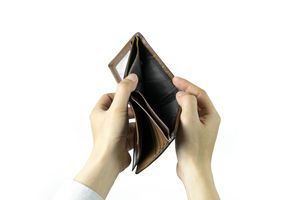After social media allegations regarding the quality of medals arose, the Organising Committee for the Olympic Games stated that it would replace any deteriorated medals.

On Saturday, the Olympic organizing committee stated, “Paris 2024 is working closely with the Monnaie de Paris, the institution tasked with the production and quality control of the medals, and together with the national Olympic committee of the athlete concerned, to appraise the medal to understand the circumstances and cause of the damage.”
They continued, “The medals are the most coveted objects of the Games and the most precious for the athletes. The Monnaie de Paris will systematically replace damaged medals and engraved identical to the originals.”
However, the organizing committee noted that no additional complaints about the medals have been reported. Nyjah Huston, a male skateboarding bronze medalist from the U.S., shared the condition of his damaged medal on Instagram. The front of the bronze medal he revealed showed significant deterioration, with much of the bronze fading to a grayish hue. Also, the back revealed scratches caused by peeling.
Huston remarked, “After letting it sit on my skin with some sweat for a little bit and then letting my friends wear it over the weekend, they try not as high quality as you would think.” and suggested that “Olympic medals, you gotta maybe step up the quality a little bit.”
The Paris Olympics medals were designed by the French luxury jewelry brand Chaumet and produced by the Paris Mint. The reverse side of the medal features a hexagonal piece of 18-gram steel sourced from France, collected during the restoration of the Eiffel Tower.
The obverse side depicts the Winged Victory of Niké soaring above the Panathenaic Stadium in Greece. The medals weigh 529 grams (including 6 grams of gold) for gold, 525 grams for silver, and 455 grams for bronze, with a diameter of 85 mm and a thickness of 9.2 mm.










Most Commented